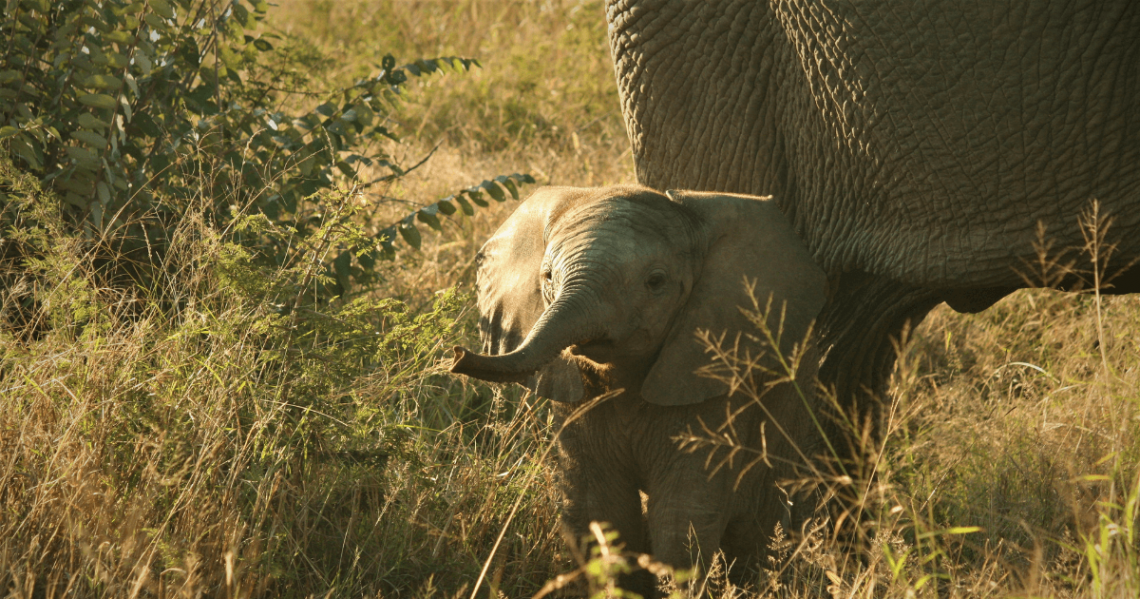Elephants have, for a long time, been one of the most sought-after mammals to view on a game drive; their sheer size and familial structures are a wonder and a privilege to behold. Mabalingwe Nature Reserve is home to a large herd of Savannah Elephants, also referred to as a memory of elephants, and for this reason, we thought we’d share our ten most-loved elephant facts.
SPECIES.
There are three distinct species of elephant, namely: African Bush (Savannah) Elephant, African Forest Elephant and the Asian Elephant. Of the three species, the African Bush Elephant is not only the largest species but also the most abundant, while the Asian Elephant is the most endangered.
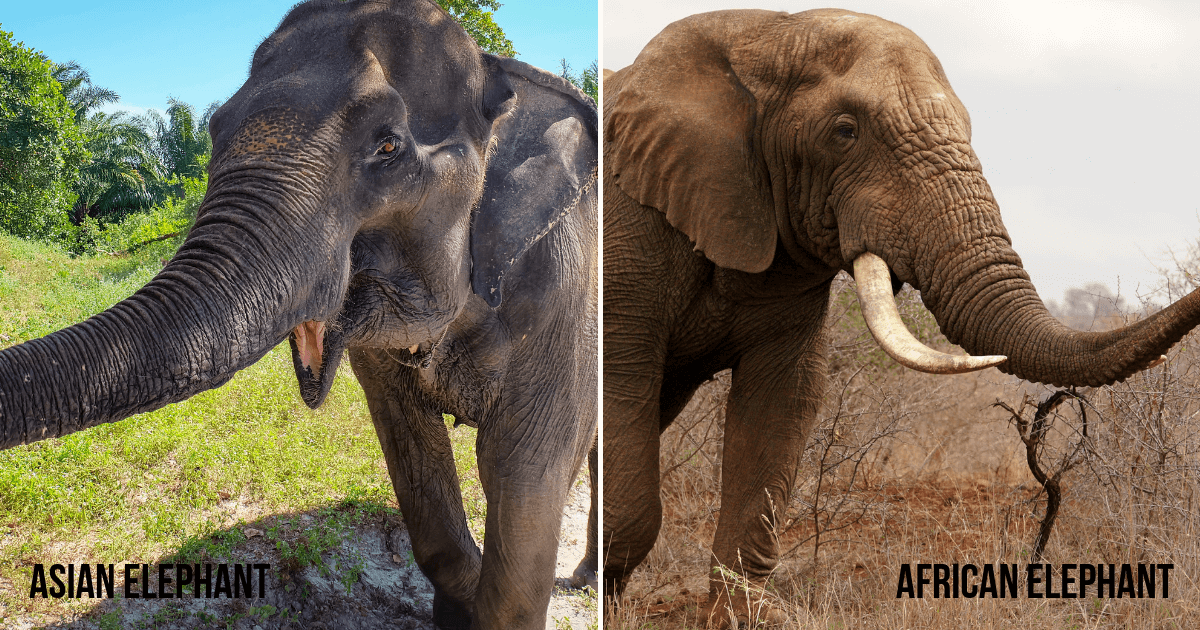
WEIGHT.
An African Bush Elephant bull can weigh anywhere between two and six tonnes. At the larger end of the scale, that is the equivalent of 500 gold bars or three-and-a-half Volkswagen Polos! The largest African Bull Elephant that was ever recorded weighed approximately 11 tonnes and lived in Angola. It is believed that this massive creature cannot jump because of its size; making it the only mammal who can’t!

TRUNKS.
The trunk of an elephant is a highly sophisticated tool used for breathing, smelling, gripping and calling. The trunk has over 40 000 muscles; 39 350 more than all of the muscles in the human body combined! Elephants use their trunks in many different ways, including lifting 350 kilogrammes or as a snorkel to cross deep rivers.
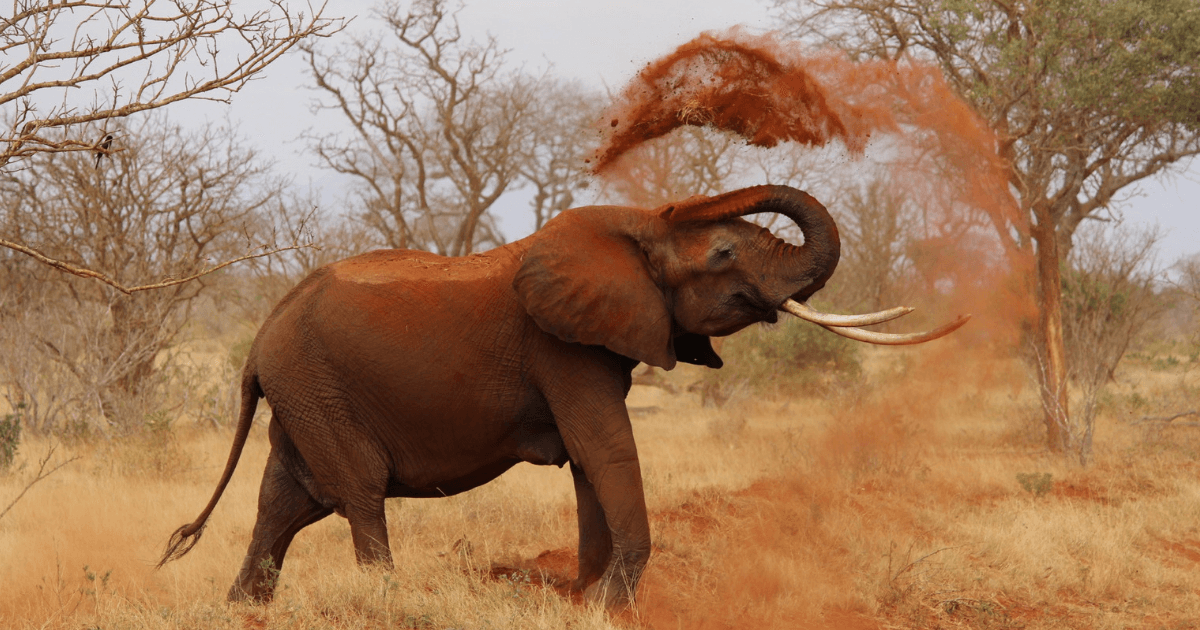
SNORKELLING.
Speaking of snorkelling elephants! Did you know? Elephants cannot swim, but wade along the bottom of a river with their trunks held high above the surface and will push off the riverbed to reach the surface if it is too deep, to get air. They will also progress across the water in single file, so they can hold onto one another, or stay touching.
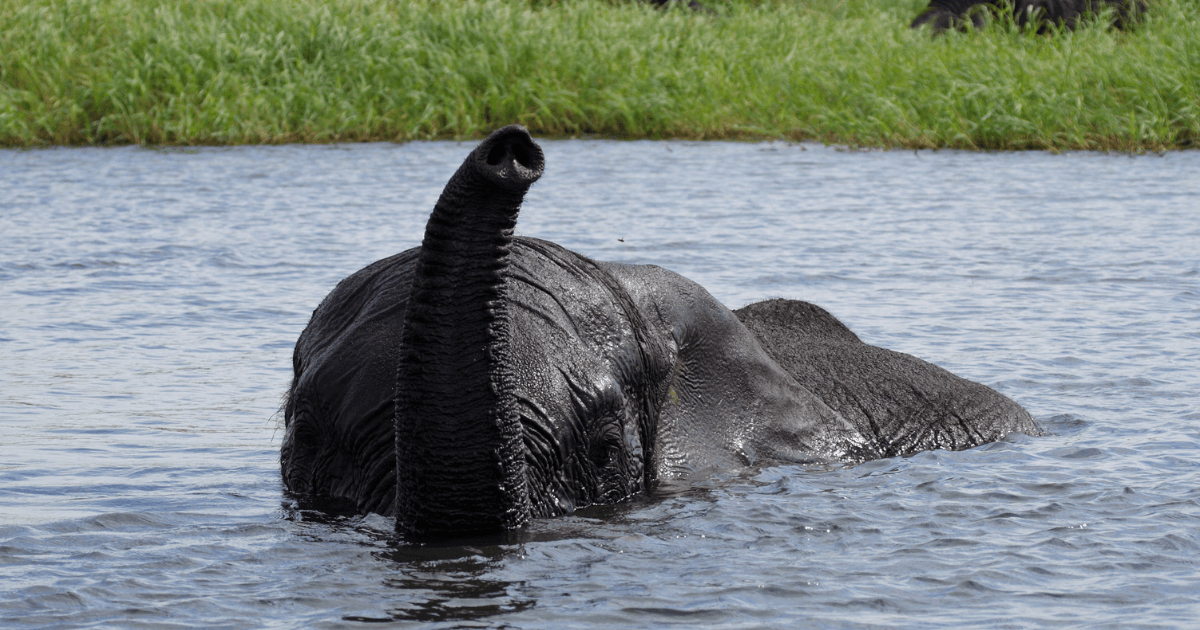
TUSKS.
Tusks are another interesting part of the elephant. Elephants favour the one over the other, like a human being left- or right-handed. One-third of the tusk is hidden from the naked eye and is actually fused deep within the head of the elephant. These elongated incisors are used as a defence mechanism against predators or competition, but also to strip bark from trees, or uproot shrubs. “Tuskers” are a lineage of African Elephants with the longest, heaviest tusks; in excess of 45 kilo’s each. This gene pool is significantly small, however, and not many remain.
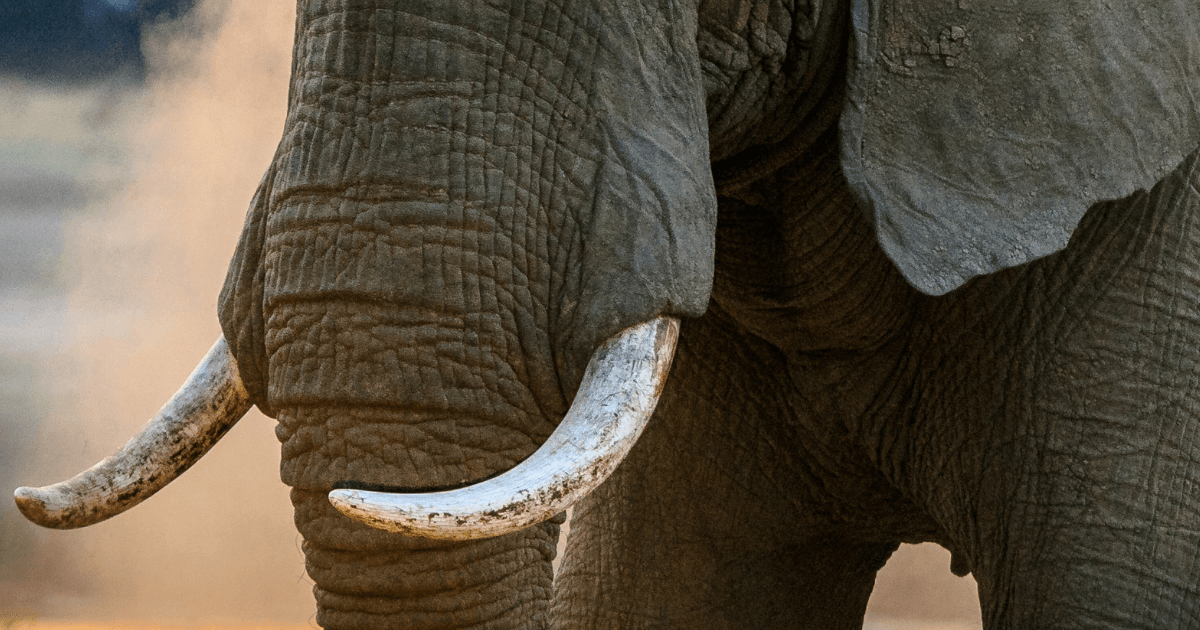
SKIN.
While an elephant’s skin may look rough and very wrinkly, it is actually supple and soft to the touch. The wrinkles in their skin help to hold moisture against their bodies which is one of the reasons why they take mud baths. Another reason for these baths is to protect their skin from the sun and insect bites. Their skin makes up 900 kilogrammes of their weight, and while it can be an inch thick in certain areas, it is 1/10th that over their ears.
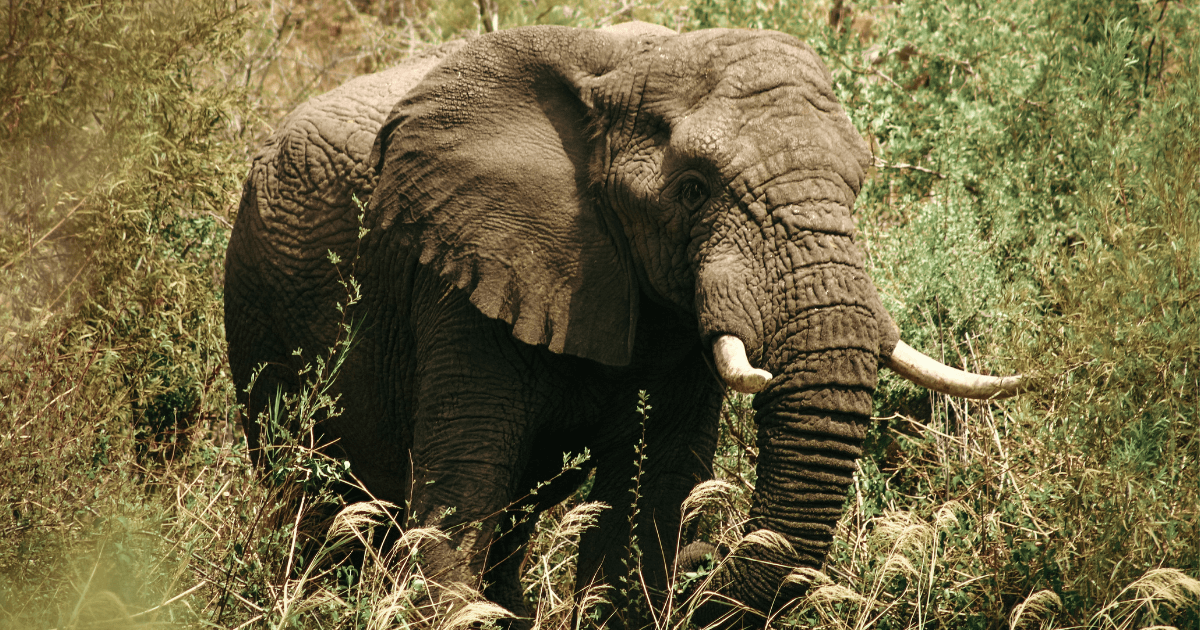
KEEP COOL.
Climate control is another surprising talent of the majestic elephant. Elephants use their ears to keep cool, by flapping and pumping blood through the blood vessels in the ears. Elephants create a breeze over the surface area and then push blood through the ears to cool it before it returns to the rest of the body. It is also recently believed that elephants have greater control over their blood flow than previously thought and can choose to send blood to “hot spots”, areas where the skin is thinner, to cool the blood.
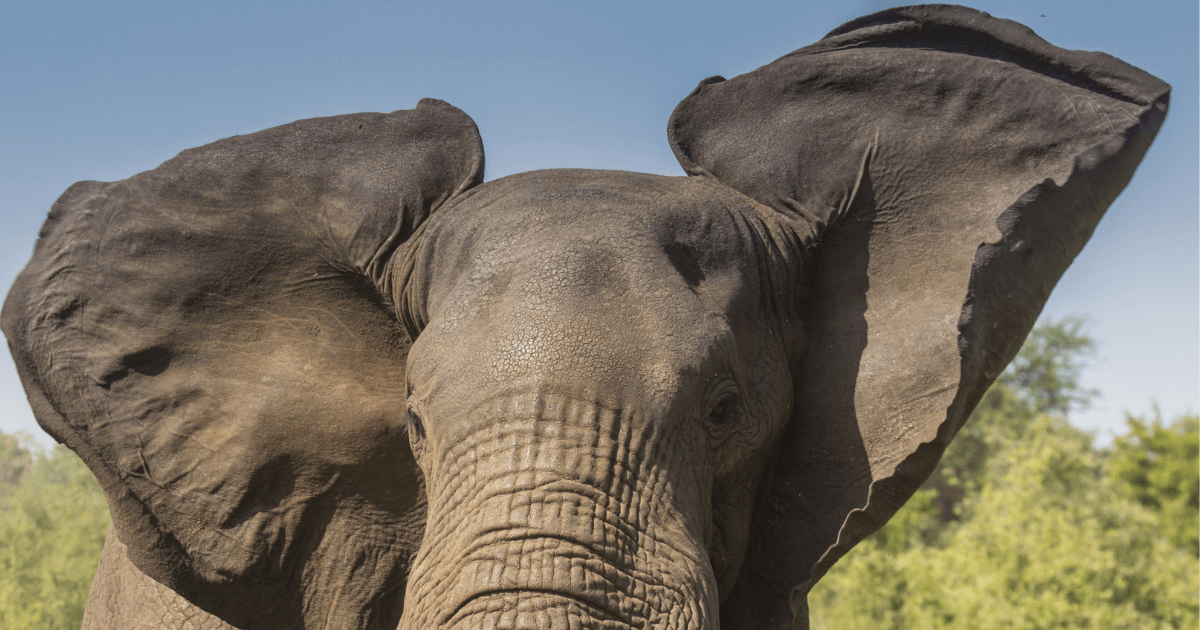
EARS AND TOES.
Elephant hearing is another complex system, because elephants not only hear with their ears but with their feet, too! Elephants can detect a range between 12 hertz (hz) and 12 000 hz (humans range is 20hz to 20 000hz) and frequently make use of infrasonic sound (below the human low range) to communicate over long distance. But this isn’t the only way elephants chat over distance; they use their feet! Elephants have very sensitive nerve endings in their feet and trunks. They will create low rumbles and vibrations which can travel up to 10km away, where another elephant will hear the message. The message is carried through these nerve-endings in the feet and trunk, into the large bones within the inner ear structure.
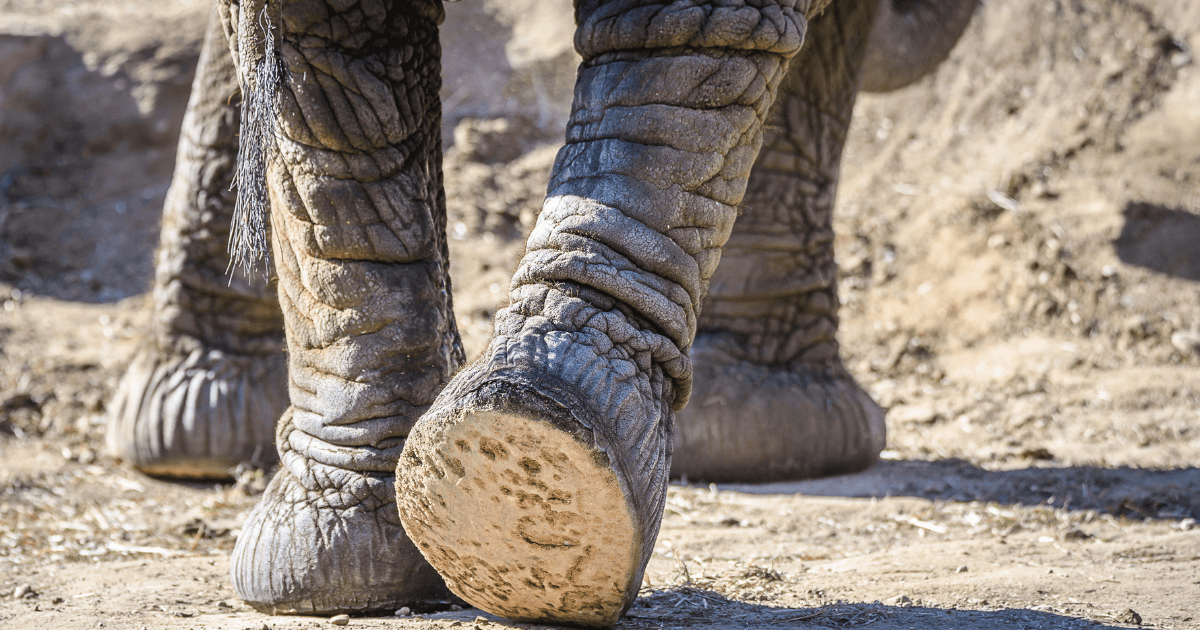
FAMILY.
The familial bond between elephants in a herd is strong. Elephants take care of each other’s young, form close friendships and mourn the death of family members. Females typically live in close groups, while bulls will roam independently, or as part of a loosely-knit male group. These groups can make connections as well, and will regularly communicate through rumbling sounds.
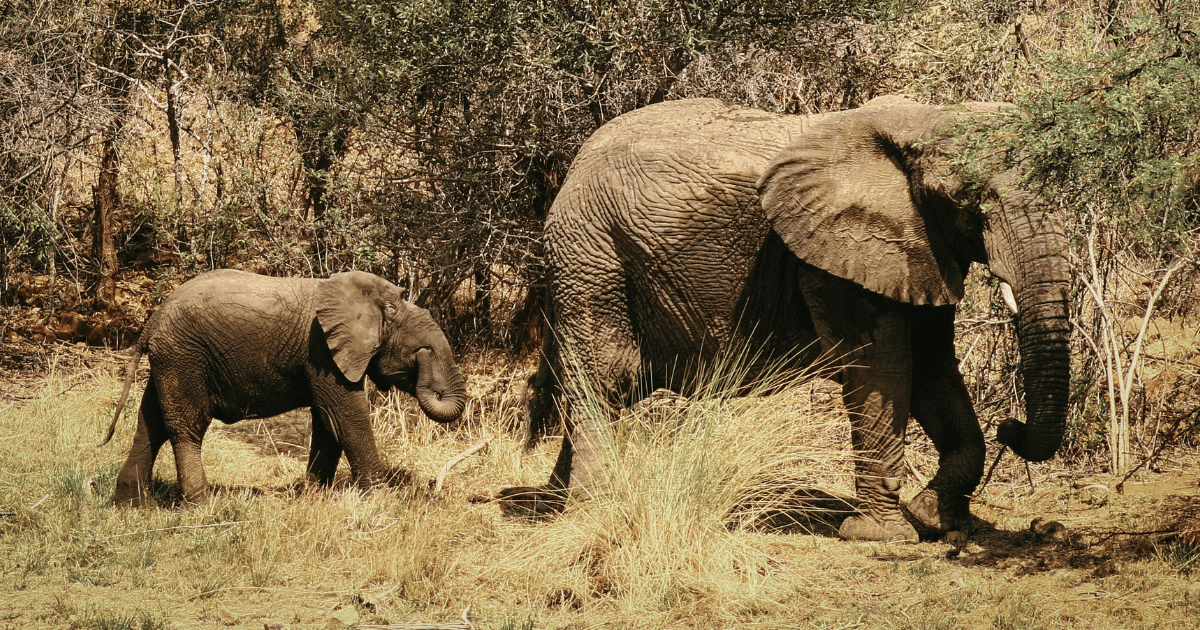
MEMORY.
The saying, “An elephant never forgets” is not far from the truth; they are known to be highly intelligent creatures. During drought, matriarchs will lead their herds to watering-holes that they have visited previously. The herd will dig with their tusks, trunks and feet to find the water supply. Other animals will then make use of this water source once the elephants have moved on.
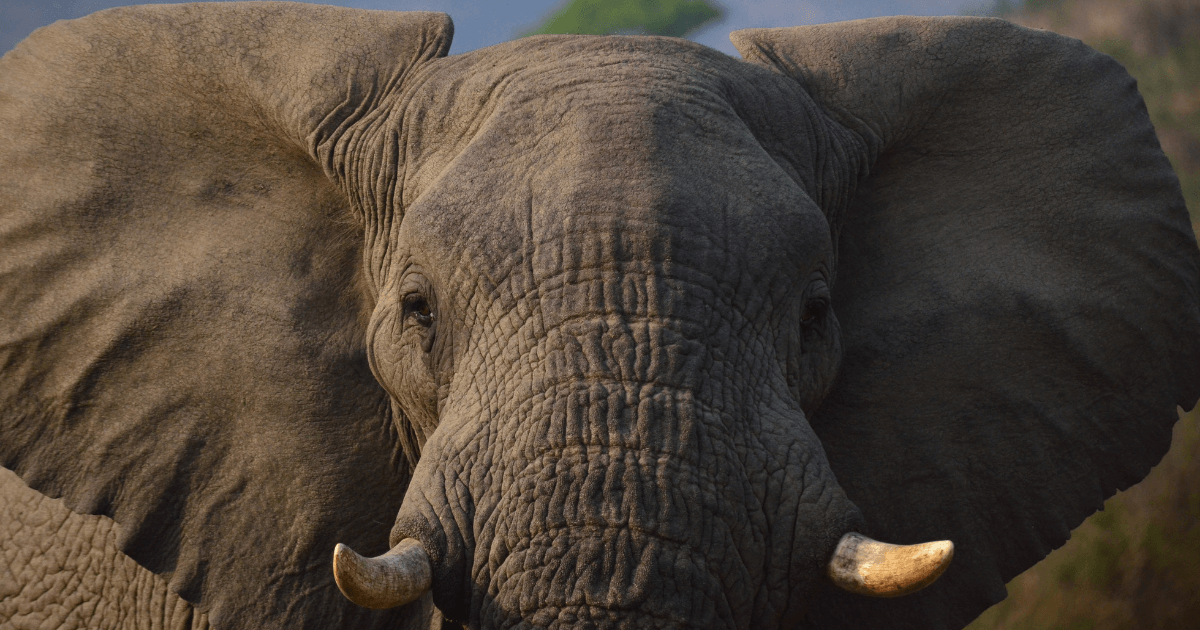
These ten facts just prove how magnificent elephants truly are; how powerful, intelligent and incredible! The next time you stumble across the memory of elephants at Mabalingwe Nature Reserve, remember these wonderful facts.

